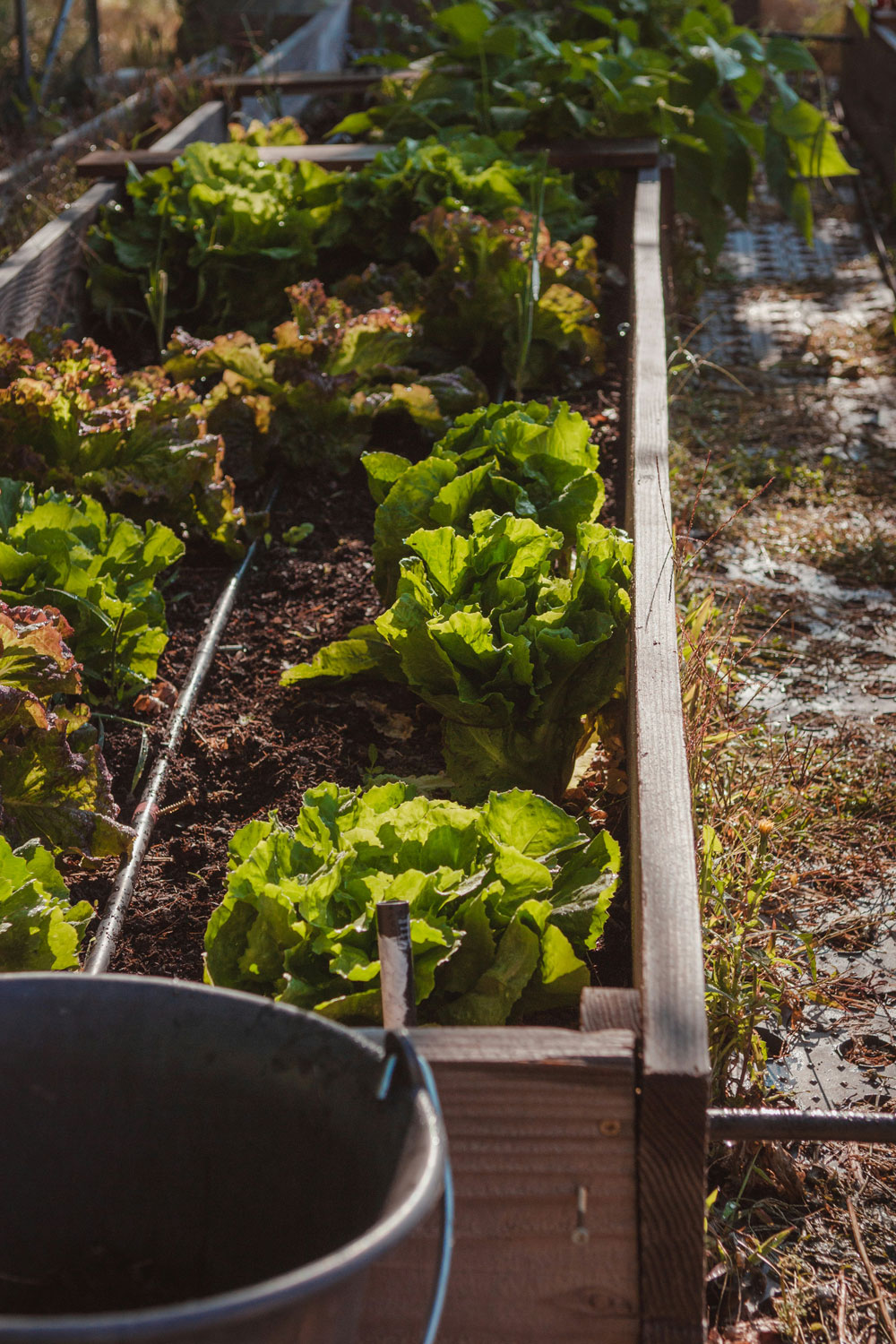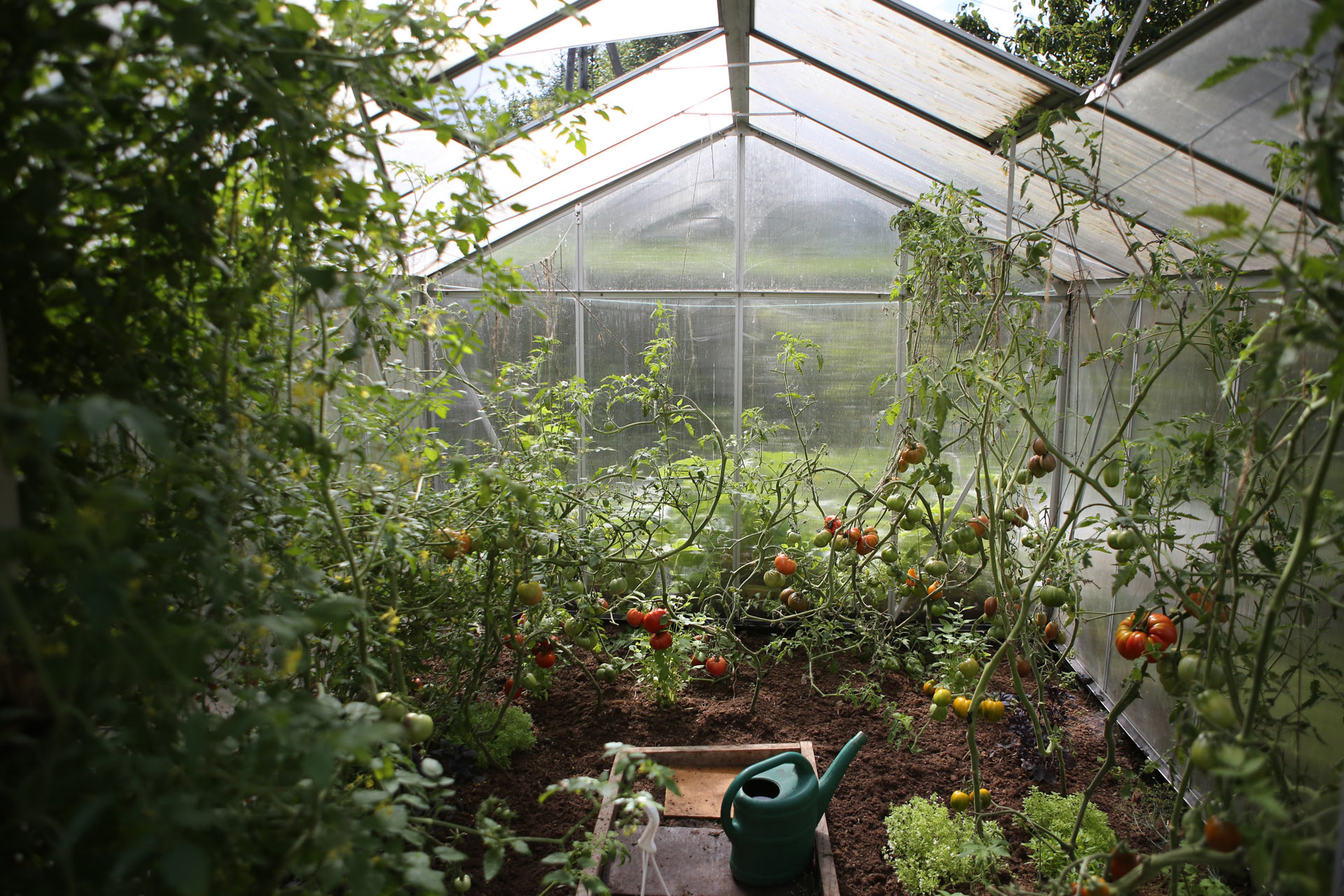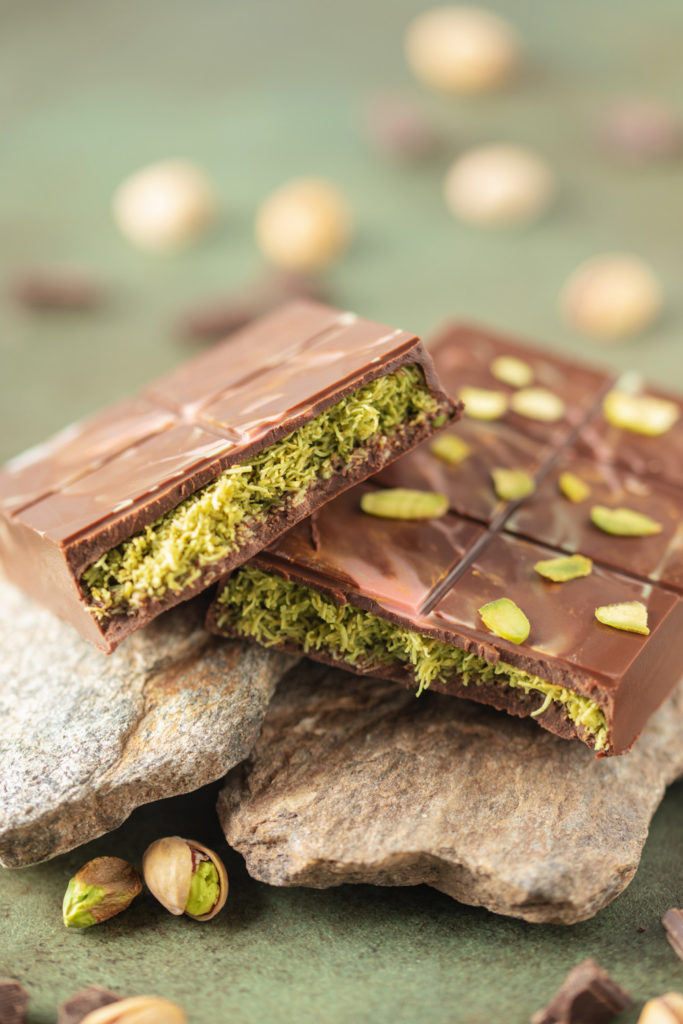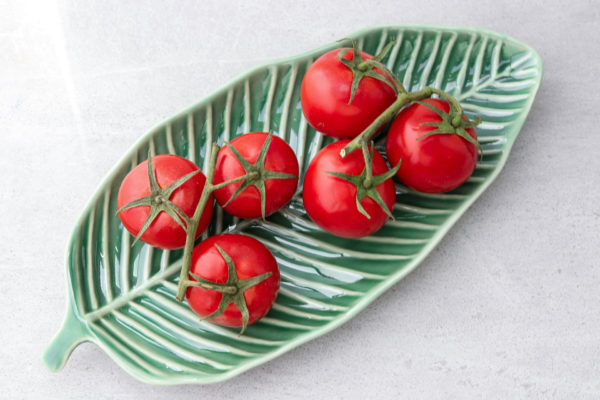
Inspired By David Beckham? Here’s How To Get Into Your Farming Era
By
7 months ago
Top tips for growing your own
He’s one of the world’s most legendary footballers, but recently David Beckham has swapped glitzy red carpet affairs for organic farming. From his sprawling Cotswolds estate, the former England captain has embraced a quiet countryside lifestyle, growing his own produce and installing a chicken coop.
In a now-viral Instagram video (now with 1.5 million likes and counting), Beckham has given his followers a tour of his farm. He takes us to meet his chickens and gives us a snapshot of all the fruits and veggies he’s been growing lately – spring onions, plums, berries, kale and red cabbage, plus potatoes, which he’s planning to use to make crisps (he’s a savoury person, not sweet, he tells us).
The caption reads: ‘My Kale is doing well 😆 I can hear my east end mates going “He has changed” 😆 My wife said shorten the video down but obviously didn’t listen so I’m sorry… My content used to be motorbike’s & camping now it’s Kale , Honey & flowers for the house 🤔 might have to get back on the road soon 🏍️ @victoriabeckham you’re welcome for the flowers for the house’.
View this post on Instagram
Beckham isn’t the only A-lister to get into farming: Calvin Harris has an organic farm in Ibiza, and Nicole Kidman’s Sydney farm is home to alpacas and cows. Clearly, it’s easier to grow your own when your home is set on acres of land – but if you’re feeling inspired, there are ways to dip your toe in the agricultural world without having to shell out on a grand country estate. Here are some top tips for the farming-curious.
How To Grow Your Own: Beginner Tips
Start A Vegetable Patch In Your Garden
If you’ve got a garden of any size, it’s possible to start a vegetable patch. Former RHS Chelsea Flower Show gold-medallist Jo Thompson has shared a more in-depth guide to starting your own kitchen garden here, but for a few pointers:
- Begin with fruits and vegetables that are easy to grow, such as potatoes (you can get small ‘potato bags’), baby onions, and ‘cut and come again’ salad leaves.
- Choose things you eat often. Thompson recommends: ‘It’s easy to be tempted by an array of seeds, but slow down and think about the veg you eat, e.g. – how often do you eat salad? If it’s every day, definitely plant lots of that. If it’s once a week, perhaps plant a few pots of salad leaves. If you only eat it once every two months, don’t plant it!’
- Save yourself money by growing things that are generally expensive to buy, such as berries and salad leaves.
- Think about your layout. ‘Nice straight lines always set off veg beautifully,’ Thompson says, adding: ‘edging with something useful like rosemary, thyme, and spring onions always looks smart.’
- Avoid pests by removing weeds and debris, creating barriers, and using lavender, which deters bugs but attracts bees and butterflies.
- If you’re thinking of growing tomatoes, check our handy guide for some top tips, including ensuring healthy soil, choosing the right varieties and rotating them correctly.

Sign Up For An Allotment
No garden? No problem. Sign up to one of the many vegetable patches dotted around the country. You can apply online, and you’ll usually be added to a waiting list, particularly for more popular sites. Once you get access, begin with a big clear out before you get planting – the RHS has lots of tips for getting started here.
Grow Your Own Indoors
It’s also possible to grow some fruits and vegetables indoors. Some tips include:
- Find a spot that gets plenty of sunlight – a windowsill usually works well. During the winter months, it’s sometimes worth investing in grow light, and be sure to check the individual light requirements of different plants.
- Choose ceramic, wooden or plastic containers instead of clay pots, ideally with drainage holes.
- When deciding what to grow, look for words like mini, baby and patio.
- Easy wins include salad greens, peppers, spring onions, microgreens, radishes and carrots.






